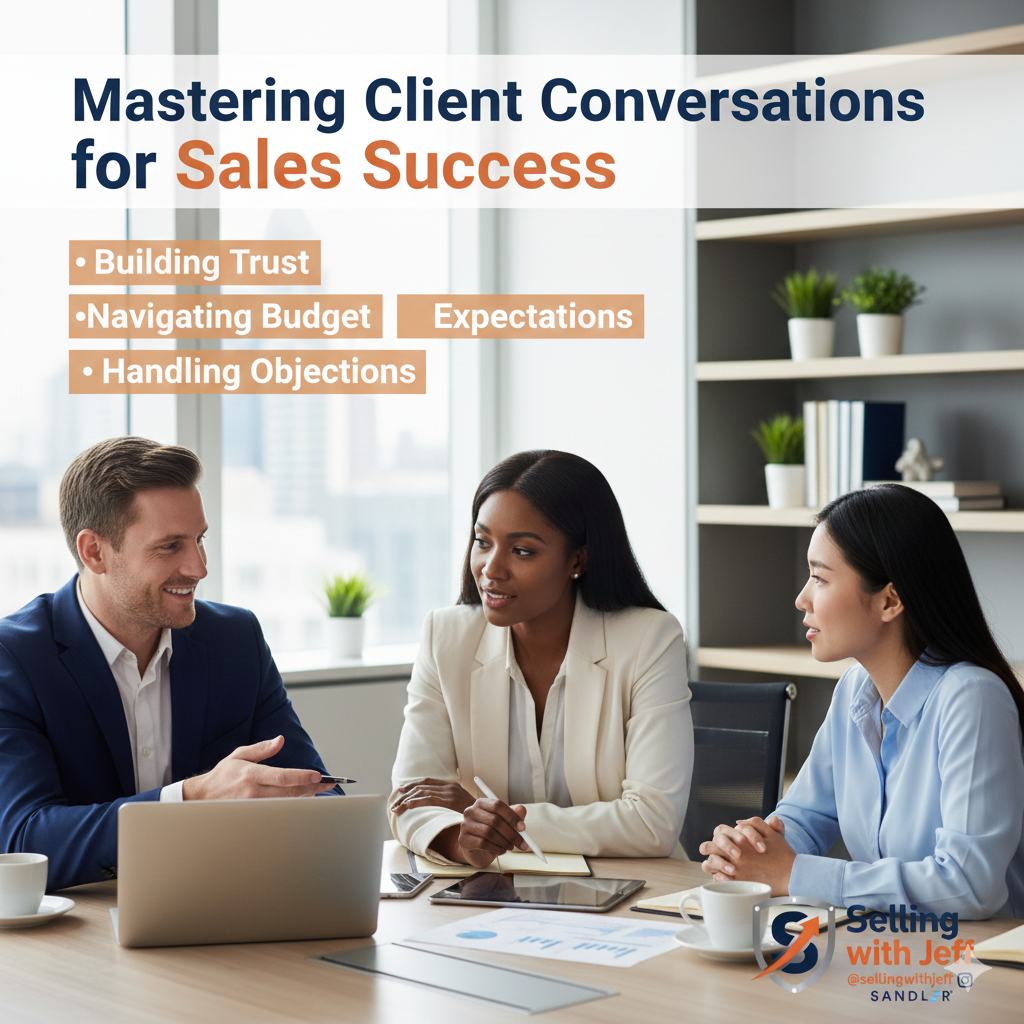Mastering Client Communication for High-Value Projects

Unlock the secrets to effective client communication and elevate your high-value projects to new heights.
Setting the Stage: Understanding Client Expectations
The foundation of any successful high-value project lies in understanding client expectations. Clients often come with preconceived notions and specific demands that can influence the project's trajectory. Begin by asking open-ended questions to uncover their true needs and desires. For example, inquire about their long-term goals for the project and what success looks like to them. This approach ensures you gather comprehensive insights, enabling you to align your strategies with their vision.
Additionally, revisiting previous investments can offer valuable context. If a client has already poured significant resources into other areas of their home or business, understanding their decision-making process can help you gauge their willingness to invest further. By setting the stage early, you establish a clear, mutual understanding that paves the way for a smoother project journey.
Navigating Challenging Conversations with Confidence
High-stakes projects often come with high-pressure moments, including challenging conversations. When faced with difficult interactions, the mantra "when under attack, fall back" can be incredibly useful. This doesn't mean retreating but rather taking a step back to assess the situation objectively. By doing so, you can respond thoughtfully rather than react impulsively.
It's essential to maintain a calm and composed demeanor, even when clients express dissatisfaction or frustration. Acknowledge their concerns, validate their feelings, and then steer the conversation towards finding a resolution. For instance, if a client is unhappy with a design proposal, ask them to elaborate on specific elements they dislike. This not only shows that you value their input but also helps you refine your approach to better meet their needs.
Building Strong Relationships Through Active Listening
Active listening is a cornerstone of effective client communication. It goes beyond merely hearing words; it involves understanding the underlying emotions and intentions behind those words. Make it a habit to listen more than you speak during client meetings. This allows clients to feel heard and appreciated, fostering a sense of trust and collaboration.
Encourage clients to share their thoughts and concerns openly. Use reflective listening techniques, such as paraphrasing their statements, to confirm your understanding. For example, if a client mentions they feel overwhelmed with choices, you might respond with, "It sounds like the variety of options is a bit overwhelming. Let's narrow it down together." This approach not only clarifies their needs but also demonstrates your commitment to supporting them throughout the project.
Implementing Feedback for Continuous Improvement
Feedback is a powerful tool for continuous improvement, both for the project at hand and for your professional growth. Encourage clients to provide feedback at various stages of the project. This proactive approach helps identify potential issues early on, allowing you to address them before they escalate.
When receiving feedback, adopt a receptive mindset. Even critical comments can offer valuable insights if viewed constructively. For instance, if a client expresses disappointment in the range of designs presented, use this as an opportunity to recalibrate your approach. Discuss their preferences in detail and adjust your strategies accordingly. By implementing feedback effectively, you not only enhance the project's outcome but also strengthen your relationship with the client.
In conclusion, mastering client communication in high-value projects requires a blend of understanding, confidence, active listening, and adaptability. By setting clear expectations, navigating challenges with poise, fostering strong relationships, and continuously improving based on feedback, you can elevate your projects and achieve exceptional results. Embrace these strategies to become a trusted partner in your clients' success.


